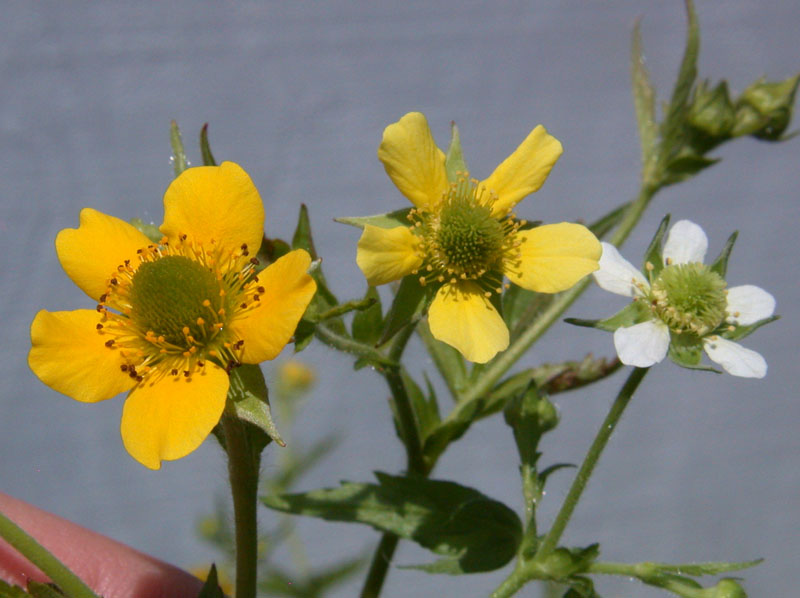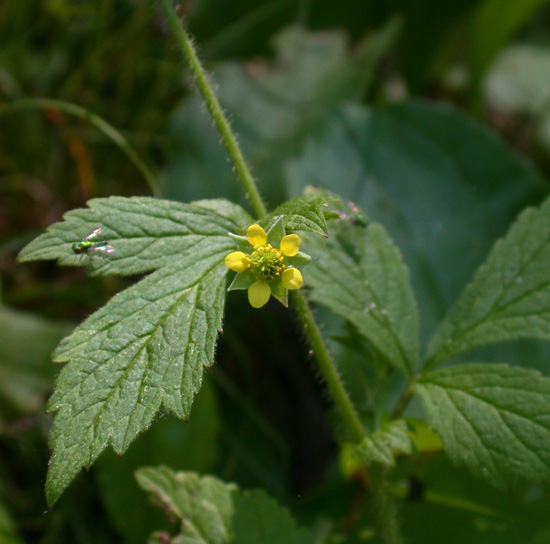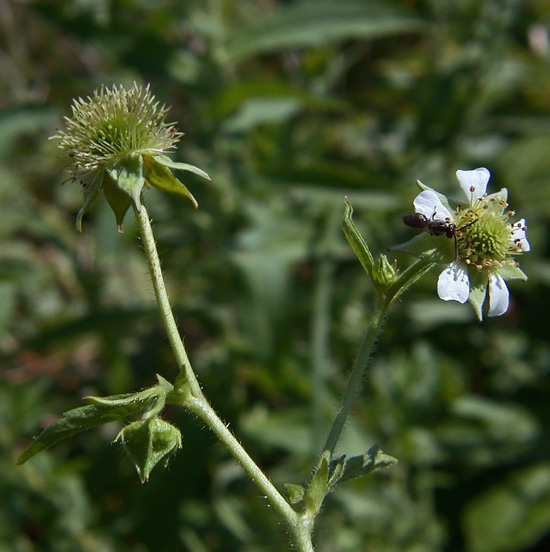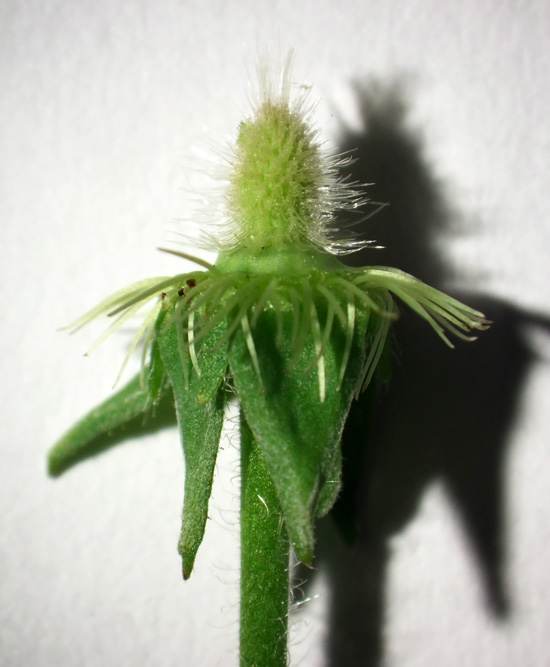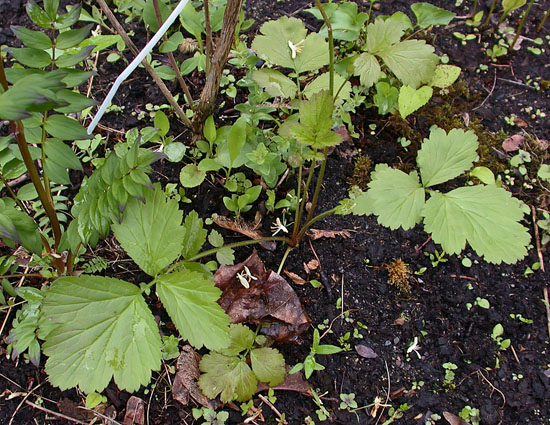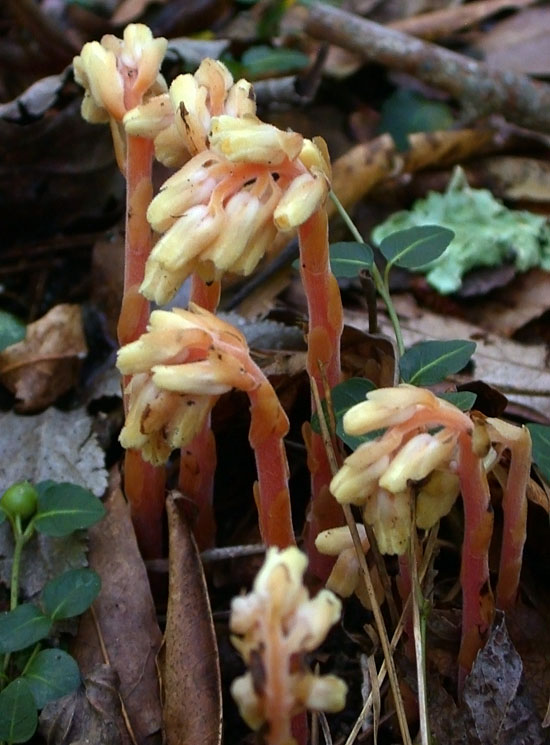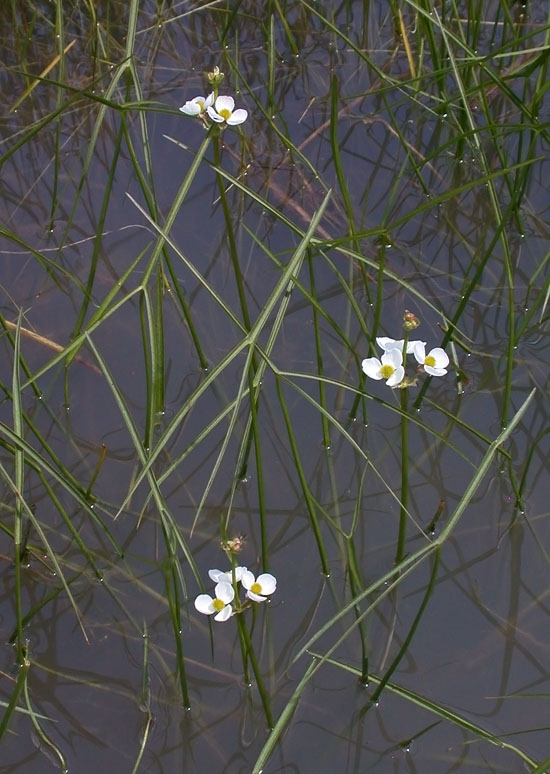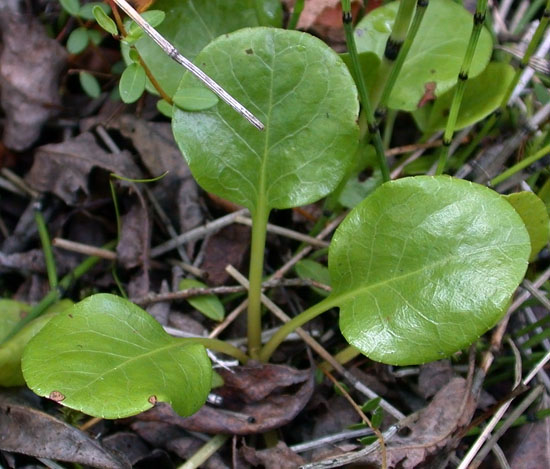There are seven (recognized) species of fringed orchids in New York and two hybrids. Two controversial species are discussed as well. Our two most common species are P. blephariglottis and P. lacera, the others being rather local in distribution, some extremely rare, and one extirpated.
The flowers of ragged fringed orchid (P. lacera) vary from white to somewhat greenish and have a highly dissected lip. This species occurs in the widest range of habitats, sometimes occurring in open areas of swamps and in fens, but often in wet meadows, pastures, old fields and occasionally even in lawns. It does best in areas that are mowed once or twice a year at times before and after the main growing season. This species is known to hybridize with the two purple fringed orchids, though only the hybrid with P. psycodes (P. ×andrewsii) has been documented in NY. Despite being one of our most widely distributed orchids, it tends to occur in small numbers where it is found and populations are sometimes ephemeral.
Another relatively common white-flowered orchid is white fringed orchid (P. blephariglottis). The flowers of this species are shallowly fringed and pure white in color. This species prefers acidic habitats like bogs and poor fens and frequently occurs with Sphagnum spp. Though quite local, it can sometimes be abundant in the right habitats.
Rounding out the white-flowered species is the eastern prairie white fringed orchid (P. leucophaea), the only federally listed (threatened) member of this group that is now considered extirpated from the state and has a state rank of historic (SH). There are historic collections of this species from only three counties in north-central NY – Onondaga, Oswego, and Wayne. Although this species has prairie in its common name, in the northeast it primarily occurs in wet graminoid fens. There is a healthy population of this species just across the border in Canada and might still occur in remote fen complexes in the northern part of the state. It is thought that collecting may have played a role in the disappearance of this species (since some of the historic locations are still intact), so if you happen to find it only take a picture and report to the NY Natural Heritage Program.
A close relative of P. blephariglottis is the orange fringed orchid (P. ciliaris). Historically known from locations scattered across the state, there are currently only three known extant populations, all on Long Island and they are all quite small. As a result, this species is listed as endangered in the state and has a state rank of S1. Like P. blephariglottis, this species has a shallowly fringed lip and prefers acidic habitats, but rather than white the flowers are deep orange. Both species flower primarily in July in NY and in areas where they occur together the two species can form the hybrid P. ×bicolor (Fig. 2). Though this hybrid has been documented on Long Island it has not been seen recently.
The only other orange-flowered species in NY is the crested orchid (P. cristata). This is a smaller species historically known from Queens and currently only known to occur in Suffolk County on Long Island (state endangered, S1). While similar, it differs from P. ciliaris in that the flowers tend to be a bit paler in color, the spur is only 5-9 mm long (vs. 18-28 mm in P. ciliaris) and the rostellum lobes are slender and pointed downward (vs. triangular and directed forward). It occurs in similar habitats to P. ciliaris and occasionally the two are found together with P. blephariglottis.
A controversial species related to P. cristata is P. pallida, which has pale yellow flowers but is otherwise similar to P. cristata. When recognized it is considered to be endemic to dry dune slopes of Long Island and is known from no other location, though some botanists consider it to be just a pale form of P. cristata. As described it is most similar to the hybrid of P. blephariglottis and P. cristata (P. ×canbyi), which is not documented in the state, and it does not occur with the former putative parent. Platanthera pallida is said to be distinguished from P. cristata by a recurved, fringed lip and shorter nectar spur, with a tendency to grow in drier habitats.
The last two species in NY, P. grandiflora and P. psycodes (Fig. 3), differ from all the others in having purple flowers (rarely white) and are rather widely distributed in the state but also tend to be quite local. While easy to tell apart from the other orchids, these two species are frequently confused with each other.

Platanthera grandiflora is known as the greater purple fringed orchid, though the size of the plant and inflorescence do not differ significantly from P. psycodes (only the individual flowers are slightly larger), and is slightly less common in the state. Platanthera grandiflora typically flowers in late June, a few weeks earlier than most populations of P. psycodes, and this can be a starting point for identification. While P. psycodes usually flowers in early to late July, occasionally populations (or sub-populations) have been found flowering earlier, so phenology alone is not completely reliable.
Characteristics often cited for telling these two species apart include the shape of the orifice (opening to the spur) and the depth of fringing on the lip, however these often prove unreliable. The shape of the orifice in P. grandiflora is round, while in P. psycodes it is more rectangular or even dumbbell-shaped. It is not that this is not a reliable characteristic but it is often misinterpreted because it must be viewed straight on and is rarely clear in photographs and can be difficult to interpret in diffuse lighting. The most reliable characteristic for identification is the shape and the position of the rostellum lobes relative to the anthers (Figs 4-6). This is described in detail by Stoutamire (1974) and is highly recommended reading for anyone interested in these orchids. The paper by Stoutamire does not include a key, so I am including one based what he described. While the shape and position of the rostellum lobes is difficult to describe, it is readily apparent once the concepts are understood and compared.
Pollinaria 3 mm long, viscidia separated by 4-5 mm, held in front of the column on lateral rostellum lobes; opening to the spur (orifice) circular, unobstructed P. grandiflora
Pollinaria 1.5-2 mm long, viscidia separated by a space of 1-1.5 mm, partially enclosed laterally by projecting rostellum lobes; opening to the spur oblong, often partially constricted by a projection on the upper portion of the entrance or just inside the orifice (the degree of constriction variable) P. psycodes
Only one hybrid has been documented involving these two species in New York, P. ×andrewsii, which is the hybrid of P. lacera and P. psycodes. Platanthera grandiflora is also reported to hybridize with P. lacera forming P. ×keenanii. A hybrid of P. grandiflora and P. psycodes is known as P. ×enigma and would presumably be difficult to identify given how similar the parents are.

Fig. 5. Closeup of rostellum lobes and stigmatic surface of P. grandoflorum. A pollinarium has been removed and applied to the latter, with pollen visible as gray structures sticking to the stigmatic surface. The hook at the end of the pollinarium is the viscidium which is sticky and attaches to the pollinator. The anther sacs at this point are both empty, visible as the dark reddish-brown structures along the upper margins of the rostellum lobes.
There is actually a third purple fringed orchid, Shriver’s (P. shriveri), that has been somewhat controversial. It was first described from the Central Appalachian Mountains (Brown et al. 2008) and there have been a few possible sightings in New York that need further scrutiny. It is most similar to P. grandiflora but with a more open inflorescence and differences in lip shape and dimensions. It is said to flower later than P. grandiflora where the two occur together, from mid-July to early August. For those interested, a dichotomous key for separating P. grandiflora from P. shriveri can be found in Brown et al. (2009).
Literature Cited:
Brown, P.M., Smith, C., and Shriver, J.S. 2008. A New Species of Fringed Platanthera from the Central Appalachian Mountain of Eastern North America. North American Native Orchid Journal 14(4): 239-252.
Stoutemire, W.P. 1974. Relationships of the Purple-fringed Orchids Platanthera psycodes and P. grandiflora. Brittonia 26(1): 42-58.















